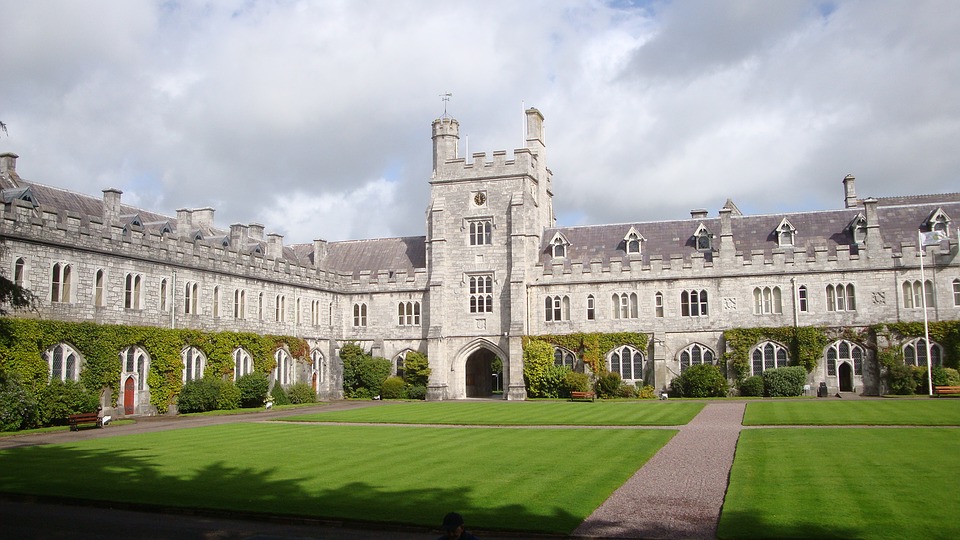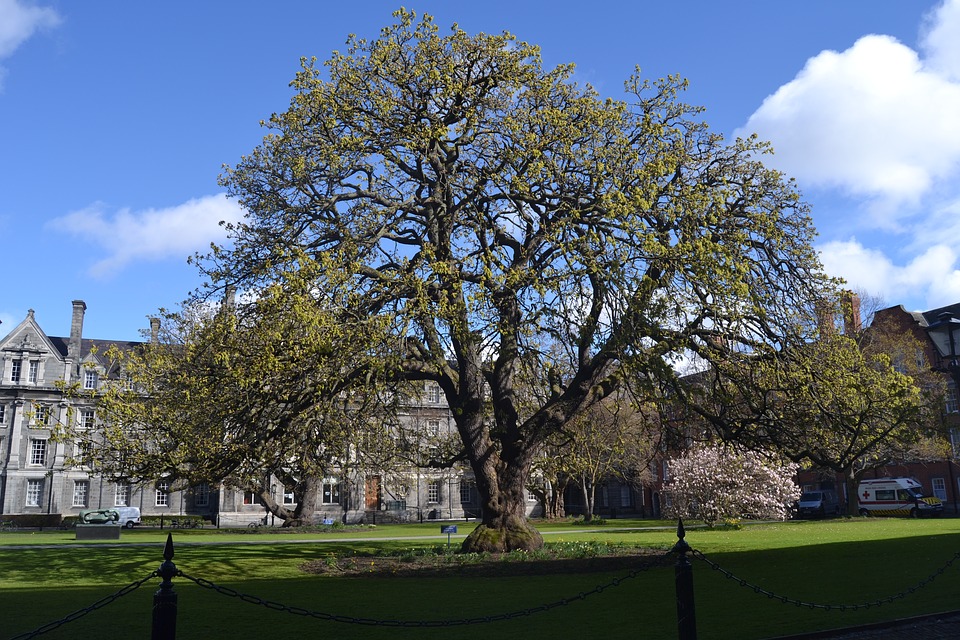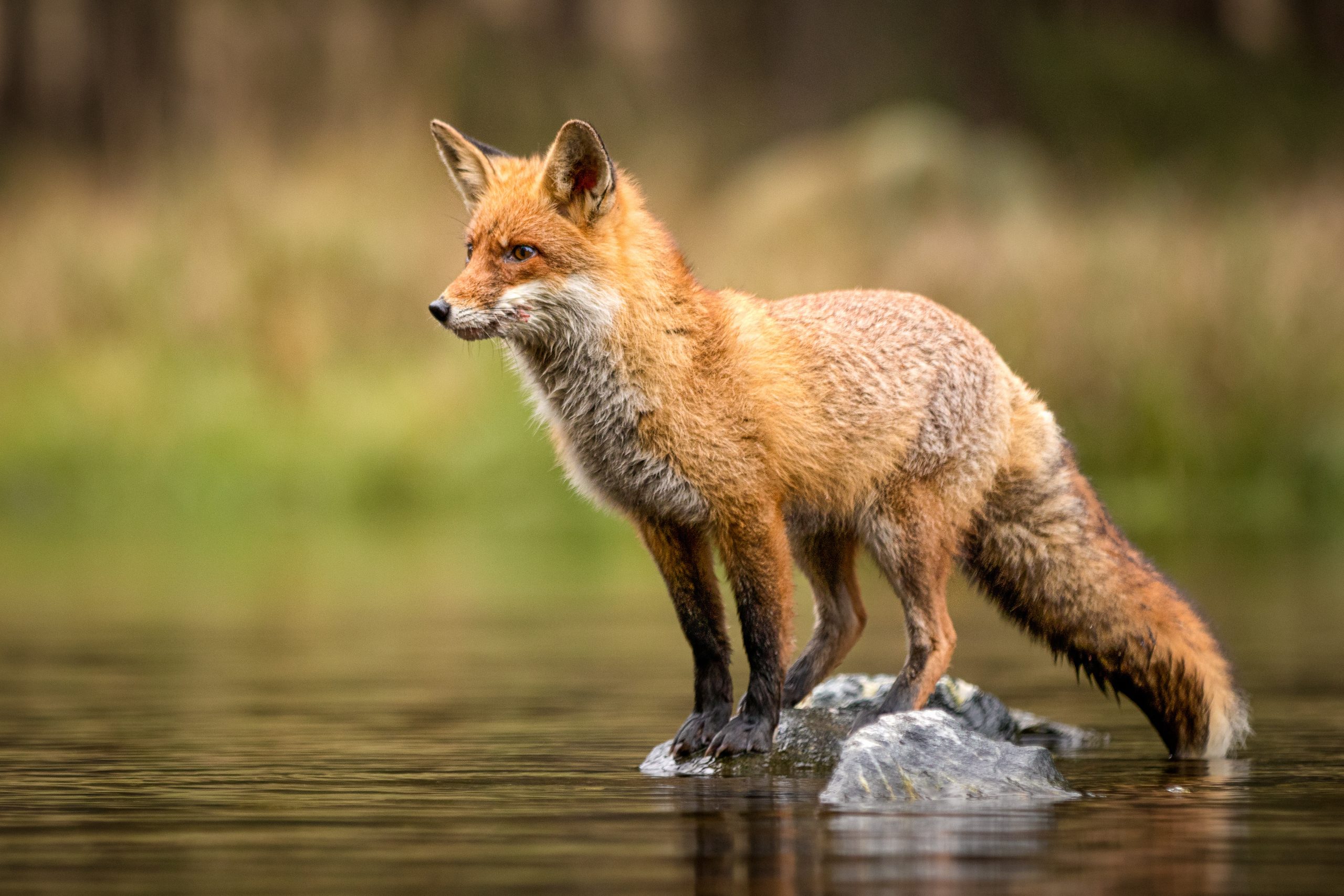Green Campus: How Irish Universities are incorporating sustainability

February 12th, 2018
Despite ongoing concerns about funding, sustainability representatives from Irish universities expressed hope in the power of small changes at the annual GreenCampus Network earlier this month.
In recent years, many Irish universities have divested partially or entirely away from holdings in fossil fuels, as well as incorporating sustainability into their strategic action plans.
However, speakers emphasised that even the smallest project can make a big difference provided that they offer the right incentives.
Small steps
For University College Cork (UCC), identifying problematic buildings was key to reducing energy consumption on campus.
Prior to 2017, 10 per cent of UCC’s total energy output came from the library alone, reading rooms kept lit 24/7 during exam periods, and lights in the postgraduate area cost €20 per hour.
So, they turned off the lights.
By monitoring which parts of the library weren’t in use at any given time and switching off the lights, overall energy consumption dropped 9 per cent in 2017 alone.
“It’s a simple thing, but it actually made massive differences,” said UCC Sustainability Officer, Maria Kirrane.
Crucially, the move came with strong financial incentives, due to an energy saving scheme introduced in 2001 that allows the university to re-invest any money saved on energy bills into environmental projects.

University College Cork Photo: MaxPixel
Financial factors similarly motivate Trinity’s sustainability efforts, according to entrepreneur and lecturer Joe Borza.
Mr Borza said that the university focuses on sustainability projects that appeal to a University’s decision makers, a sentiment shared by Ms Kirrane and Galway-Mayo Institute of Technology’s Dermot O’Donovan.
“If the President or the Provost love cycling, or they love something about food waste, go for it. That’s then taking them mentioning it and pushing it forward,” said Mr Borza.
This knowledge allowed Mr Borza and the green committee to leverage Trinity’s Provost’s love for the campus’ trees. When a historic tree at the university’s Lincoln gate was felled in July 2017, the wood from the trunk was re-purposed as souvenirs for Trinity’s gift shop.
“It’s just a tiny little project, but it’s a really nice story to show people. From a commercial point of view, that’s fantastic. You buy a little wooden bowl and it has all this history attached to it, so it’s good business and its good sustainability,” said Mr Borza.
Funding problems
Funding, however, remains a large issue across Irish universities, with many projects relying on partial or total exchequer funding.
Irish politics is too locally focused, with a system that makes politicians resistant to change, according to the Director of An Taisce’s Environmental Education unit, Michael John O’Mahony.
“You’ve heard the expression ‘we are what we eat’… it’s also a case of ‘we are what we vote for’,” said O’Mahony. “For us, the best thing is really to have the power of demonstration.”
Spending responsibly on projects that pay themselves back in energy efficiency is key, according to DCU Estates Officer, Richard Kelly.

Trinity College Dublin Photo: MaxPixel
By changing the lights in the Glasnevin campus’ multi-story car park to motion and daylight controlled LEDs, the cost of lighting the building halved.
DCU was awarded an ISO 50001 for all natural resources in 2017, a certification of reaching international conservation standards. This was due in part to both the lighting project in Glasnevin and replacing oil tanks with gas-fueled boilers in the All Hallows’ campus.
“On the energy side of things, every euro we spend is taxpayer’s money. It’s public, so we have to spend it prudently. So what we do is tackle all the energy projects in a prioritized order of value for money, effectiveness, and care for the environment,” said Kelly.
Choice architecture
Ms Kirrane also emphasised the importance of providing students and faculty with options, for example, to combat disposable coffee cups, a canteen on campus provides porcelain cups as default, with plastic cups available as an ‘opt-out’ request.
“You don’t take away choice from people, you make the default the easier choice,” Mr O’Donovan agreed, describing “choice architecture” as a crucial initiative for universities to implement.
For O’Donovan, leadership is a key factor in getting students and faculty invested. “It’s about everybody being involved and not being afraid to get your hands dirty,” said Mr O’Donovan, who keeps bird feeders topped up on the GMIT campus.
By Niall O’Donoghue
Niall is a final year journalism student at DCU. A contributor and Chief Sub-Editor for The College View, he reports on current affairs with a focus on the environment and sustainability.







